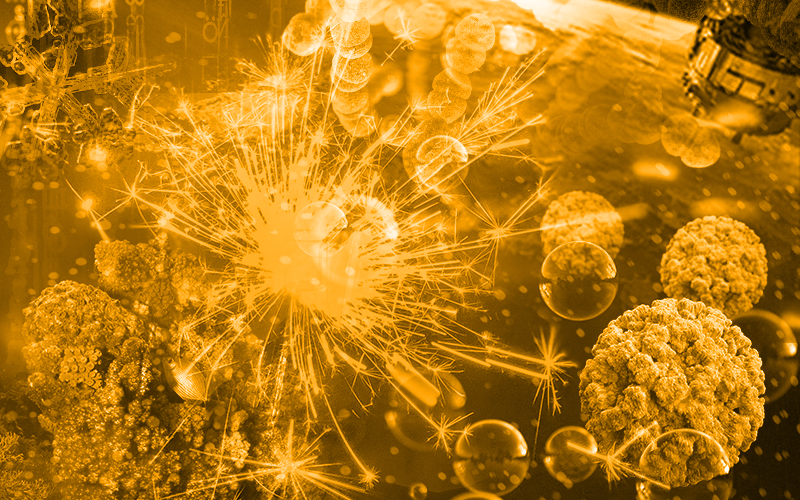
Dance of the Tiger, By Björn Kurtén
May 5, 2008 | Issue 8Teachers and many older school students will enjoy Dance of the Tiger, a very unusual fictional story written by a scientist about his own subject.


Teachers and many older school students will enjoy Dance of the Tiger, a very unusual fictional story written by a scientist about his own subject.

The aim of Choosing Children is to investigate how humanity should regulate its fast-increasing ability to genetically design the babies of tomorrow.
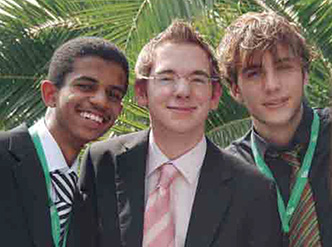
Anne MJG Piret from the European Commission assisted the jury during the recent EU Contest for Young Scientists.
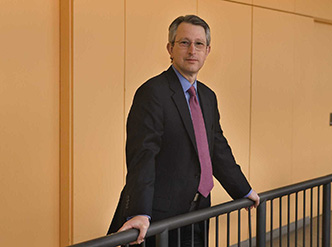
Joan Massagué has discovered secrets that can save lives. An expert in cell division and the spread of cancer, he is one of the 50 most quoted researchers in all scientific fields. He speaks to Sarah Sherwood about his recent work on metastasis and his hopes for a cure for cancer.

Nontraditional Careers for Chemists: New Formulas in Chemistry is the perfect book for chemistry students who are interested in exploring career options beyond the laboratory.

As any teacher knows, the job isn’t exactly easy. So what makes a professional, experienced bioinformatician want to give up an established career to brave the front of a classroom? Vienna Leigh from the European Molecular Biology Laboratory investigates.
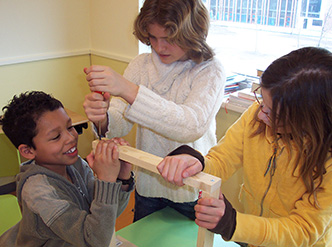
Amito Haarhuis from the Science Center NEMO in Amsterdam, the Netherlands, describes a project that challenges pupils aged 11-12 to design and create their own exhibits.
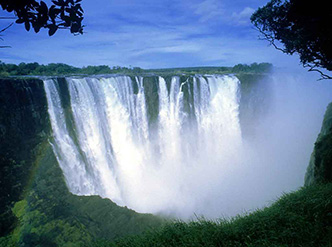
Prudence Mutowo can really identify with the organism she studies. After all, they have a lot in common. She told Vienna Leigh about researching a recently discovered archaeal species, Haloferax volcanii, which thrives in extreme conditions – and coming from Zimbabwe to the UK to pursue her…
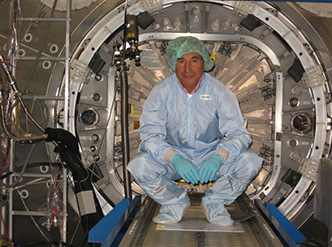
Bernardo Patti is the Columbus mission manager at the European Space Agency. He is an engineer and worked at nuclear power plants before going into space technology. Shortly before Columbus was launched, he talked to Anna-Lynn Wegener.
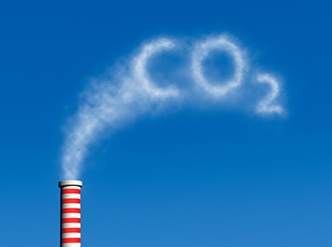
In this, the second of two articles, climate researcher Rasmus Benestad from the Norwegian Meteorological Institute examines the evidence that humans are causing climate change.
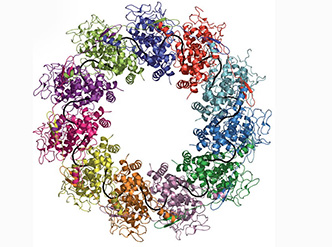
Winfried Weissenhorn’s group at the European Molecular Biology Laboratory in Grenoble, France, has uncovered a possible way to tackle a range of dangerous viruses –by trapping them inside their cocoons. Claire Ainsworth investigates.
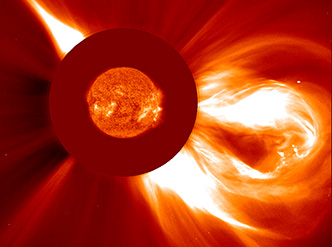
Ever wondered what the solar wind means to us on Earth or what happens when the surface of the Sun erupts sporadically? Lucie Green from University College London's Mullard Space Science Laboratory, UK, describes some of the recent research into the Sun’s atmosphere.
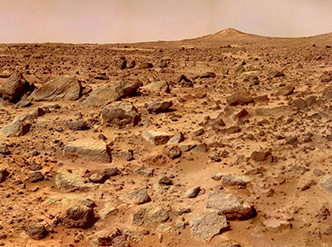
Science fact or science fiction? Margarita Marinova from Caltech, USA, investigates the possibility of establishing life on Mars.
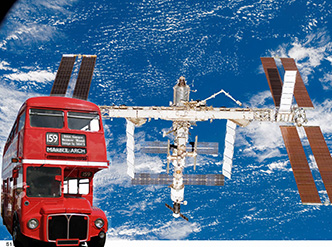
Where do astronauts get their food? What happens to their waste? Adam Williams from the European Space Agency in Darmstadt, Germany, describes the development of an unmanned shuttle to supply the International Space Station.
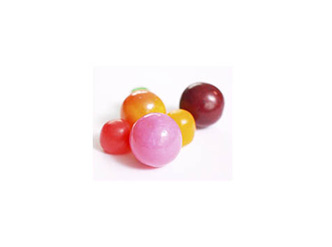
Ken Gadd and Luca Szalay introduce a procedure used in industry – and adapted for school students – to measure the citric acid level in chewing gum.
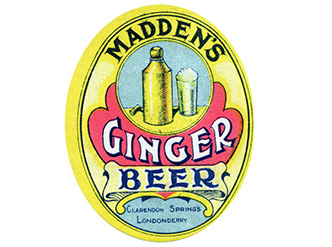
Because of its low alcohol content, ginger ‘beer’ is a popular drink with British children. Dean Madden from the National Centre for Biotechnology Education, University of Reading, UK, gives his recipe for introducing younger students to the principles of fermentation, food hygiene and the…
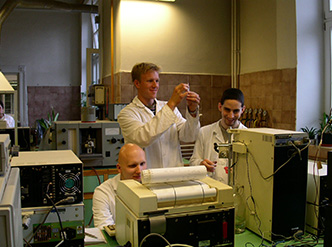
The StandardBase project has produced 72 standard analytical procedures used in industry and adapted for use by students in schools and colleges via the Internet. Ken Gadd and Luca Szalay explain the goals and the use of StandardBase products.